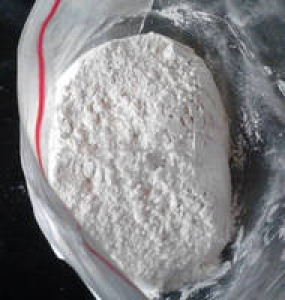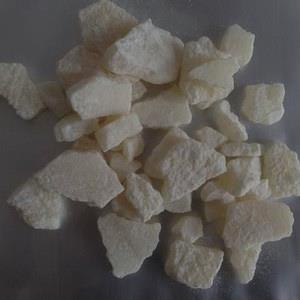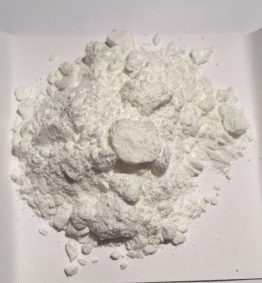Description
Also, it is not the first time that substances have been exclusively designed to evade generic definitions in national laws.
It was reported that synthetic cannabinoid receptor agonist constituents of Spice were classified in the UK as Class B agents. This was in December 2009.
By the first quarter of 2017, 5F-CUMYL-P7AICA had been detected in 23% and 45% of test purchased herbal blends in Germany.
SGT-263 was detected at concentrations between 15-74 mg/g; average 39 mg/g.
As has been seen with other core structures, it is reasonable to anticipate the emergence of analogues.
There is potential for modification of the structure at the R1-R5 positions, or a combination.
Reports of 5F-CUMYL-P7AICA are already emerging.
We postulate three other potential analogues and propose nomenclature.
Other analogues are possible.
Following pharmacological evaluation, 5F-CUMYL-P7AICA demonstrated full agonistic activity and high potency at both CB1 and CB2 receptors.
In vitro and in vivo phase I metabolism studies have shown SGT-263 to be extensively metabolized.











